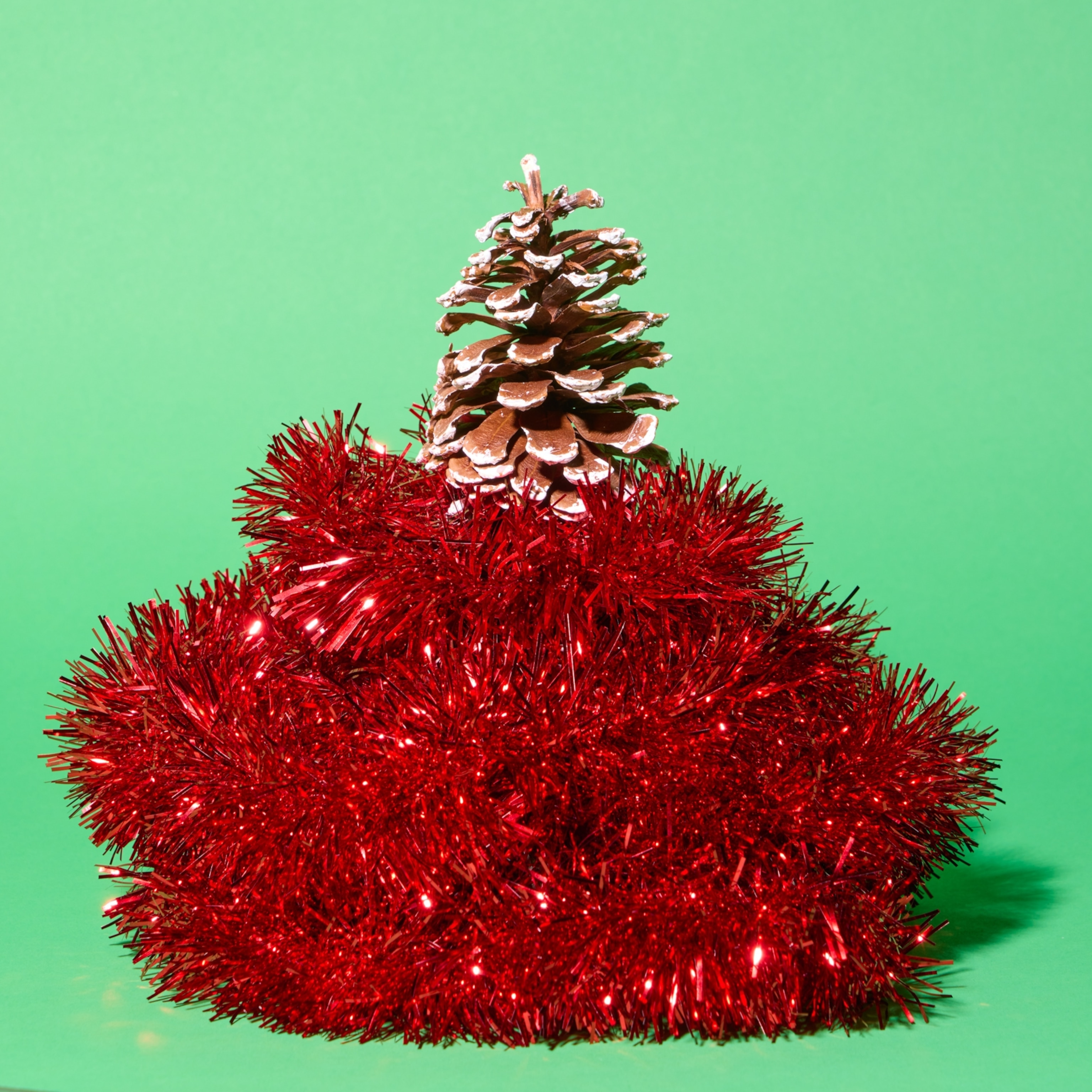How this British island nation is tackling plastic waste—and winning
Rubbish was blighting its beaches. Now the Isle of Man's ‘addictive‘ and collaborative approach to cleanup and sustainability is setting international standards as a microcosm for success.
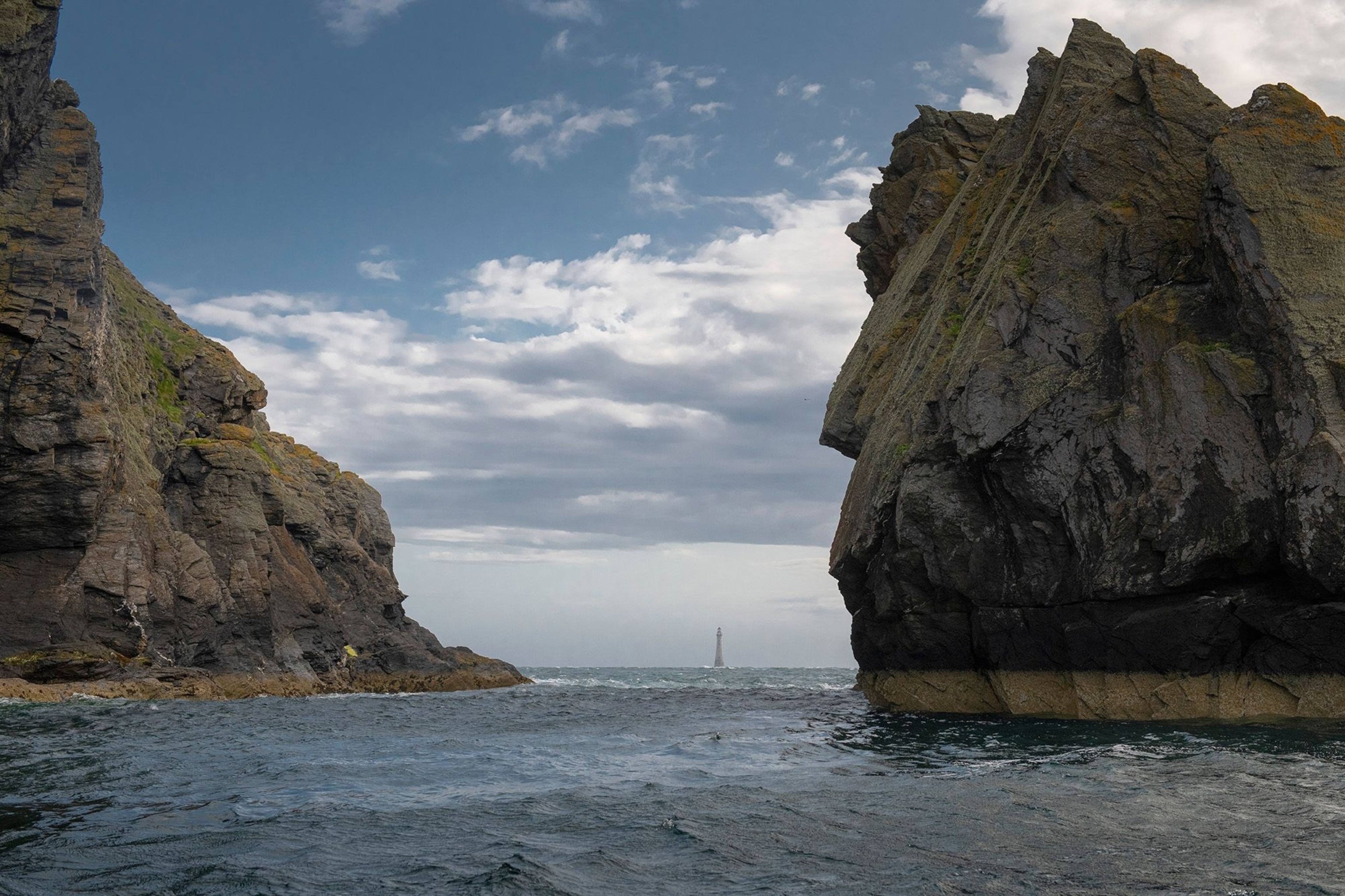
In 2006 something contagious broke out on the shores of the Isle of Man. It first took hold of two people walking their dogs on Ballaugh Beach on the west coast of the island, gestated for half a decade, and then sprang into small groups of others who visited the coast. Then it swept inland, invading villages, towns and even took the island’s capital, Douglas. Today, the bug has reached over 15,000 people, and rising.
This was no aggressive pathogen. It was an infection of beach cleaning and litter picking that, in the space of just over a decade, has taken the Isle of Man from beaches blighted, knee-deep, in sea-born plastics to an island committed to having the cleanest coastlines in the world.
Bill Dale is the founder of Beach Buddies, the organisation responsible for changing the face of the island. Walking along the wrack line of Derbyhaven beach in the south of the island, with seagrass and kelp strung out along it, it’s easy to absent-mindedly pull out and pocket long strands of plastic out of the shingle and sand, the type of fancy ribbon used on party balloons. Further along the beach is an old antifreeze jug, and several brightly colour bottle caps, which are picked up, too. “It has got to you, already” laughs Dale.
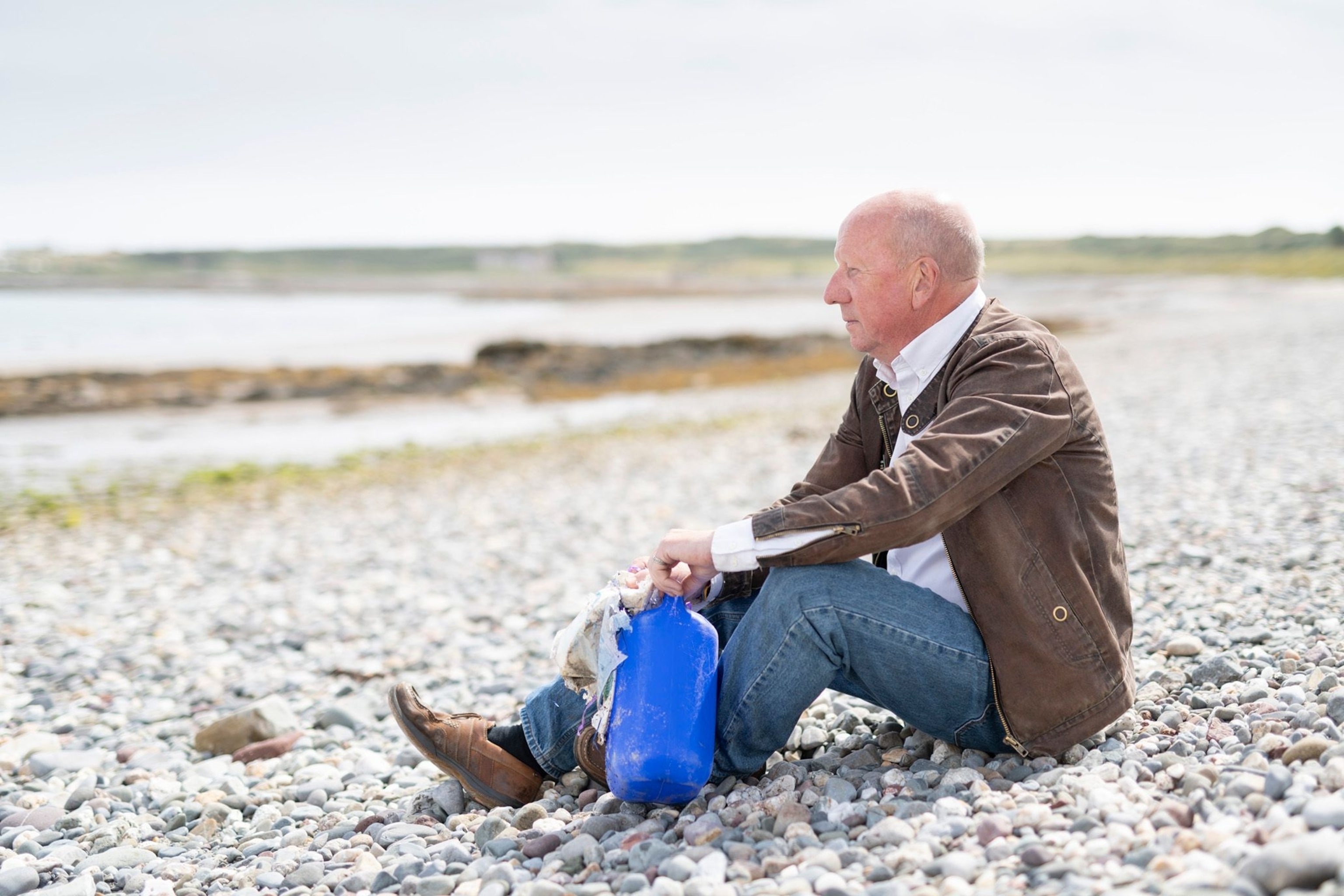
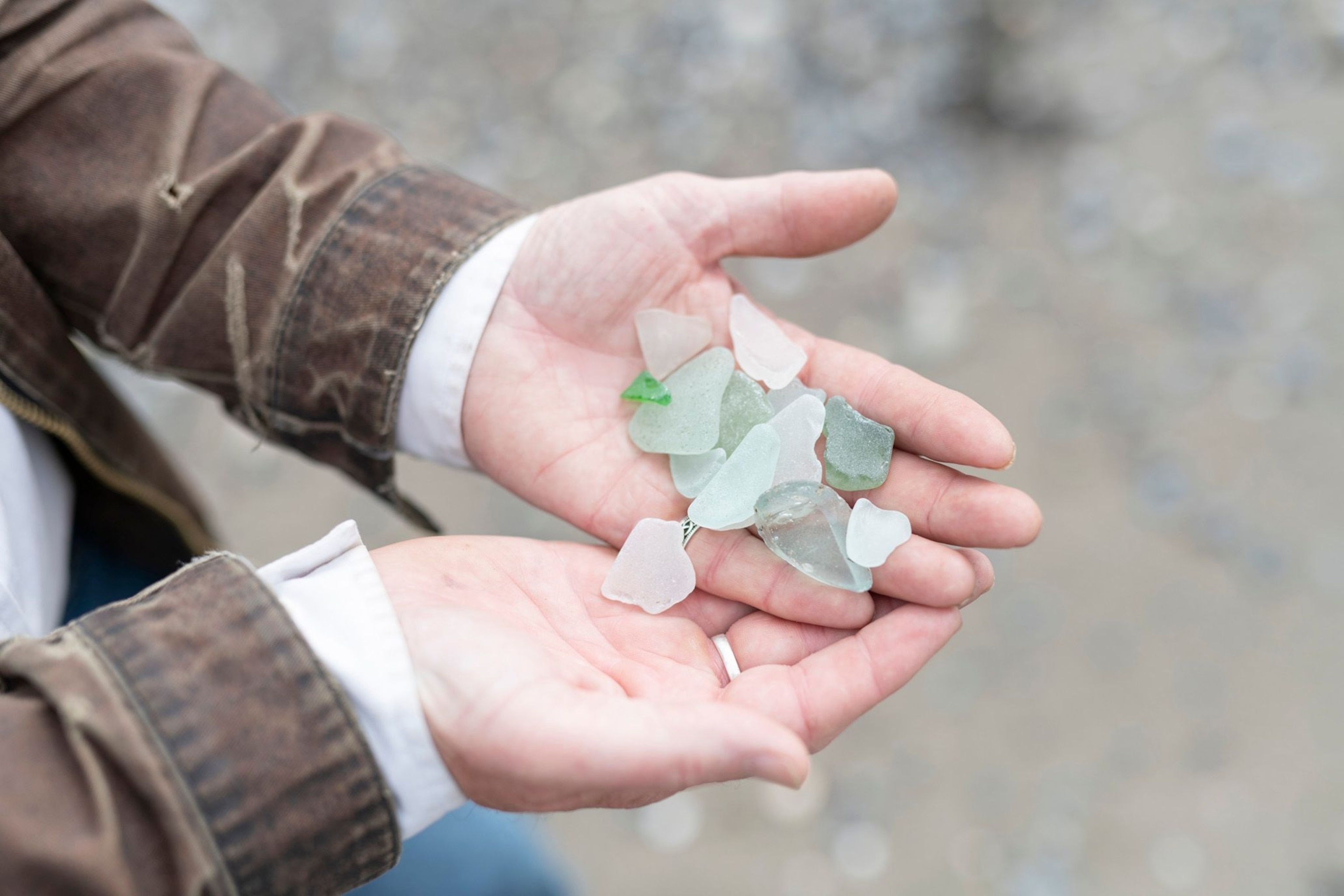
And of course it has. Derbyhaven beach is an eastward-facing crescent of shingle that sweeps a few kilometres below the Isle of Man airport and ends in a thin strip of causeway to the craggy outcrop of St Michael’s Isle. Sheltered, by a breakwater and a sea wall, and overlooked by the fishing cottages of the hamlet, it’s not the most beautiful beach in the world, but it might be amongst the cleanest—at least of the sort of litter you can see. The feeling to help create something like that is one that is now shared by many on this island. They own its transformation—ust as they live on its land.
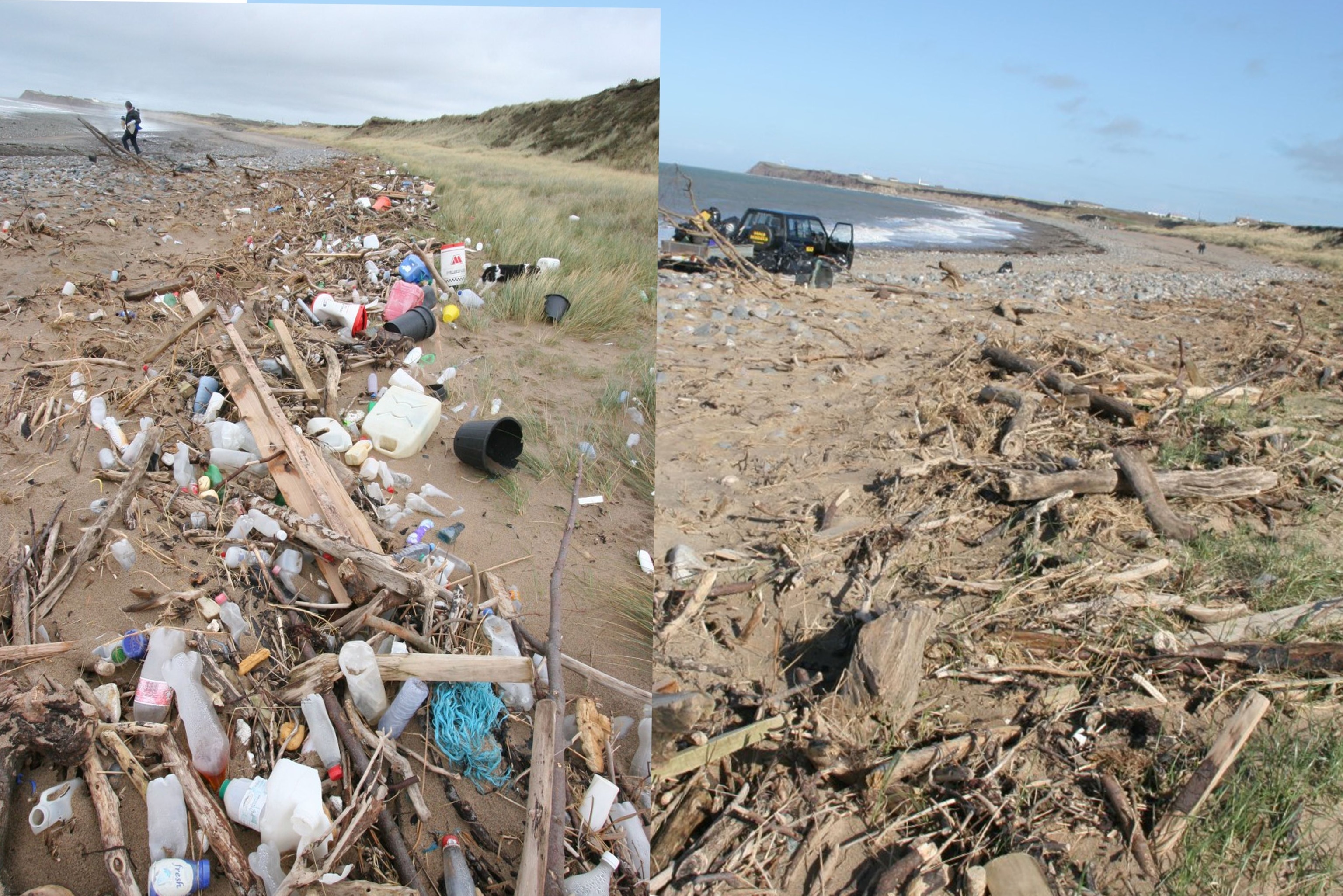
Derbyhaven is around 20 miles from where it all began, at Ballaugh Beach. You can bet there isn’t much litter between here and there, whether you go inland or track around the coast. It started with a simple walk along the sand. “I used to have five dogs,” explains Bill, “One day we were down by the water line, the dogs were running freely, and kept coming back with plastic bottles from the dunes at the top. So we went to see how much litter was there, and we were shocked. When we got up to the dunes there were thousands of plastic bottles, many of them buried deep into the sand and grasses.”
Inspired to do something about the problem, “over the next six weekends, we picked up 30,000 pieces of plastic from Ballaugh Beach—almost all plastic bottles,” says Dale, “and by the end, we thought we'd completely transformed the beach. But of course as a small island, we have so many beaches, and we then realised there was plenty of rubbish on all of them. So I just carried on, on my own, for five years, going from beach to beach and doing my thing.” Why on his own? “Well to be honest,” he shrugs, looking out over the clean banks of sand and shingle, “there is a stigma attached to picking up other people's rubbish and I think that exists in lots of places. So I thought, well, ‘I'll just do it myself.’ Everybody probably thought I was a bit of an eccentric, but when you see the effect even one person can have, it’s addictive.”
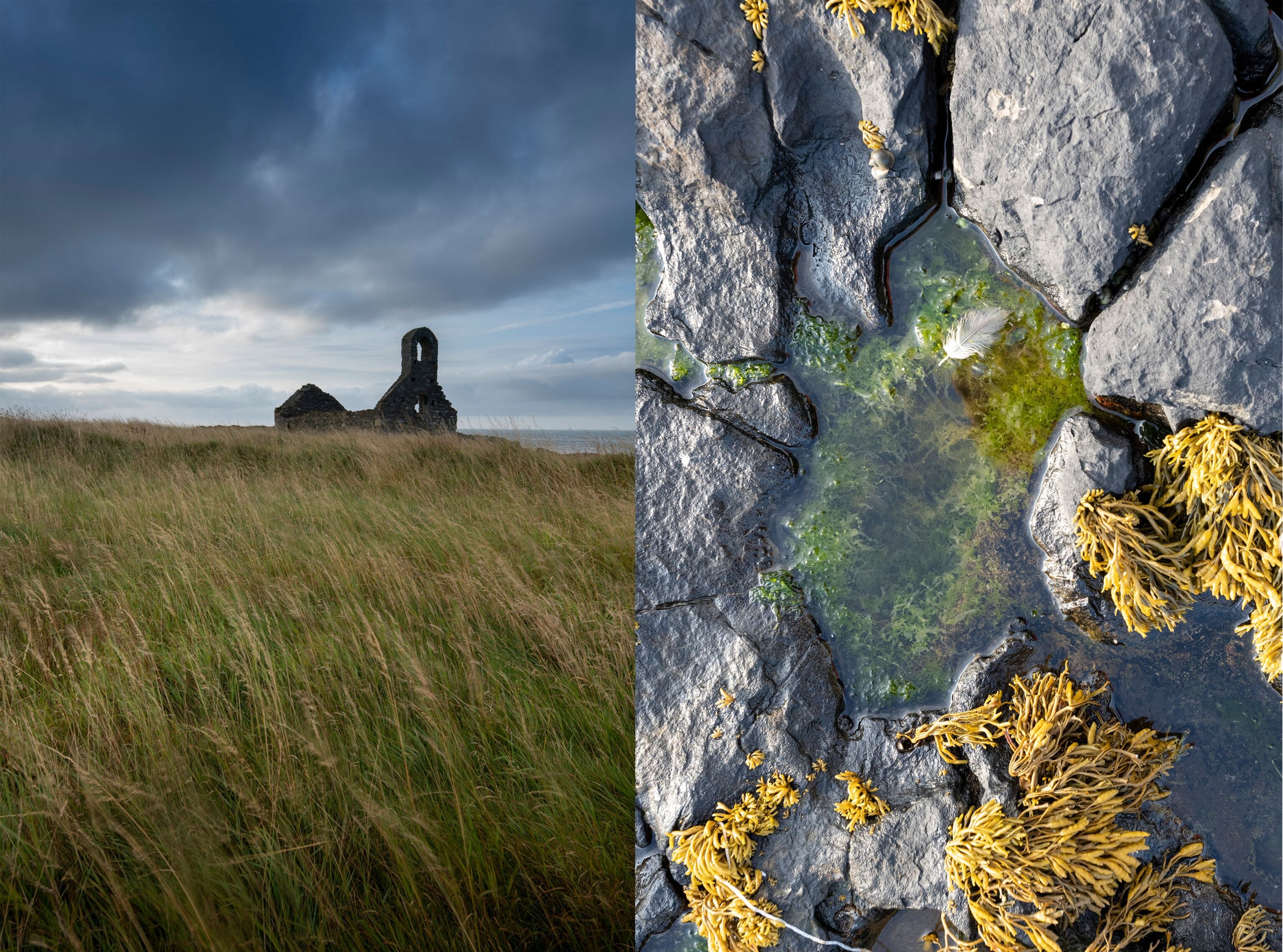
It took until 2012 for the beach cleaning bug to take hold more widely, but when it did there was an explosion of interest. “I created a page on Facebook, to see if I could get any volunteers.” explains Dale. “I also put out a press release in the local newspaper and radio, saying there’d be a volunteer beach cleaning session the following Sunday morning. And that day 35 people turned up. The next week, I did another event in the north of the island. And 40 more people turned up—40 different people. So suddenly I had 75 and I dreamed that one day this might end up with 500 if it carried on. But by the end of the first year we had 1500 and the year after that there were 3,000, and we’ve added 2,000 a year, ever since. So now we have 15,000 volunteers out of a population of 84,000.”
For context, that’s about 20% of the Island’s population. Extrapolate that to the UK, and it would be 13 million people. “It is amazing,” agrees Dale. “I think all it needed was somebody to make it easy.”
State of the nation
Today the Isle of Man's awareness to reducing the amount of plastic it uses and increasing the amount it collects is pin-sharp prescient. Online forums buzz with cleanup rallies, businesses make statements of intent on their production methods and sustainability credentials, and the beaches are spotless.
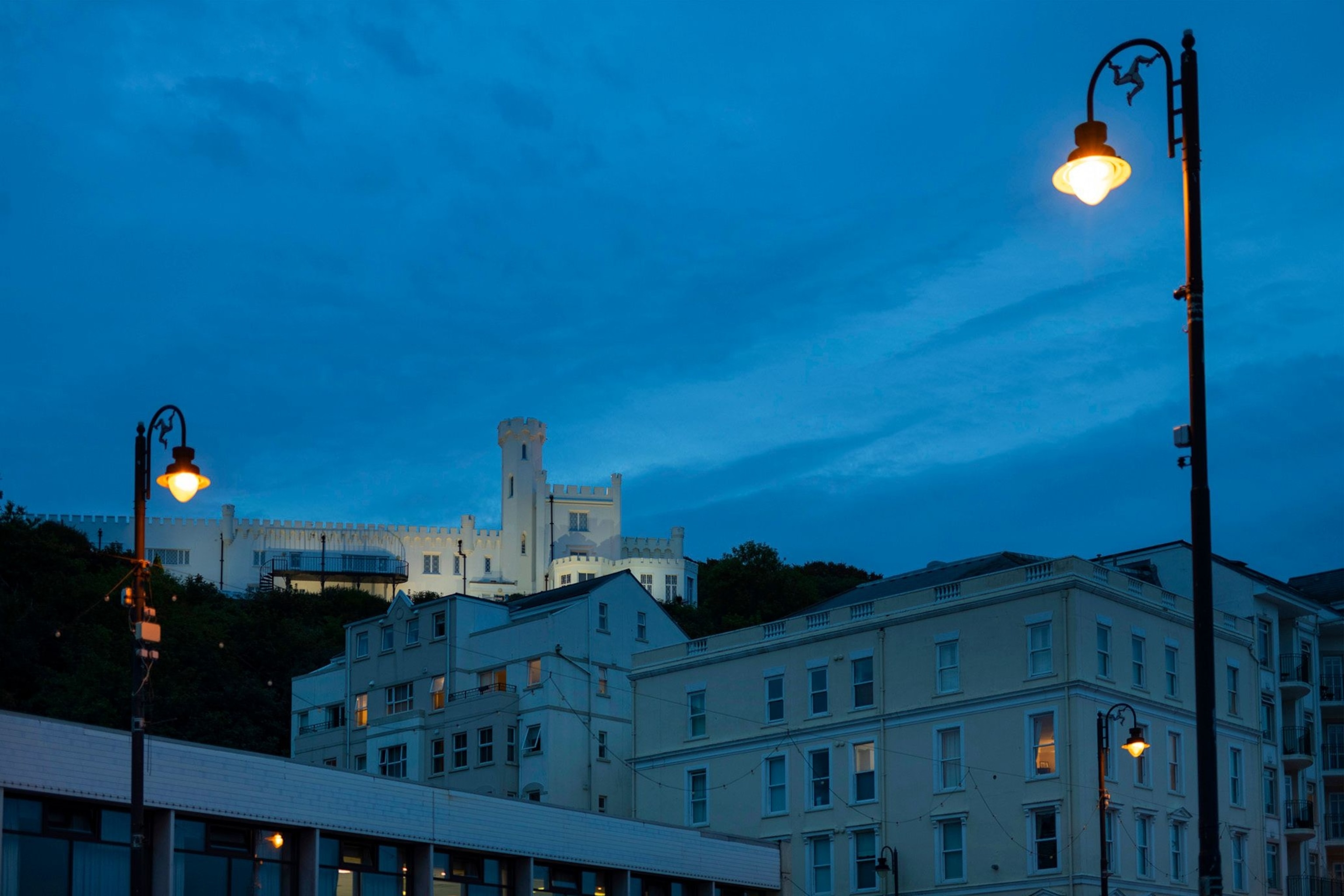
Perhaps there something about an island community that makes it instinctively want to repel invaders—in this case, plastic washed onto the Isle of Man’s beaches by the strong currents of the Irish Sea. Then there is the tendency for islanders to be, by necessity, self reliant. In the case of the Isle of Man, the three-legged ‘triskelion’ symbol on its coat of arms, links a motto of "whichever way you throw, it will stand.”
Indeed, roughly as far from Northern Ireland as it is from England, Scotland and the northern most tip of Wales, study the Isle of Man on a map of the British Isles and if anything it seems to be trying to keep the larger bodies at equal arms’ (or legs’) length. Don’t ever speak of the UK as ‘the mainland’, or you might be thrown back into the sea. The Manx call it ‘the adjacent island’.
A land apart
It’s been this way for a long time. While part of the British Crown dependency, the self-governed island is independent of the United Kingdom, making its own laws, and pretty much sails its own political and economic course. Parts of the Island have no speed limits, which reflects its most famous event, the thunderous annual Isle of Man TT race. The voting age is a progressive 16, and women who owned property gained the right to vote in 1881—nearly half a century earlier than the UK, in 1928.
It’s the world’s only UNESCO Biosphere Reserve that encompasses an entire nation, and—colorfully—has its own population of wild wallabies, which has flourished in the northerly Curragh region since a few escaped captivity in the last century. Even getting to the island can be a bit unusual; with flights at the airport routinely cancelled by swirling low cloud and thick sea mist, or forced into instrument landings. Emerging through a blanket of cloud sitting 200ft over the airfield, it feels like you’re discovering a hidden world.
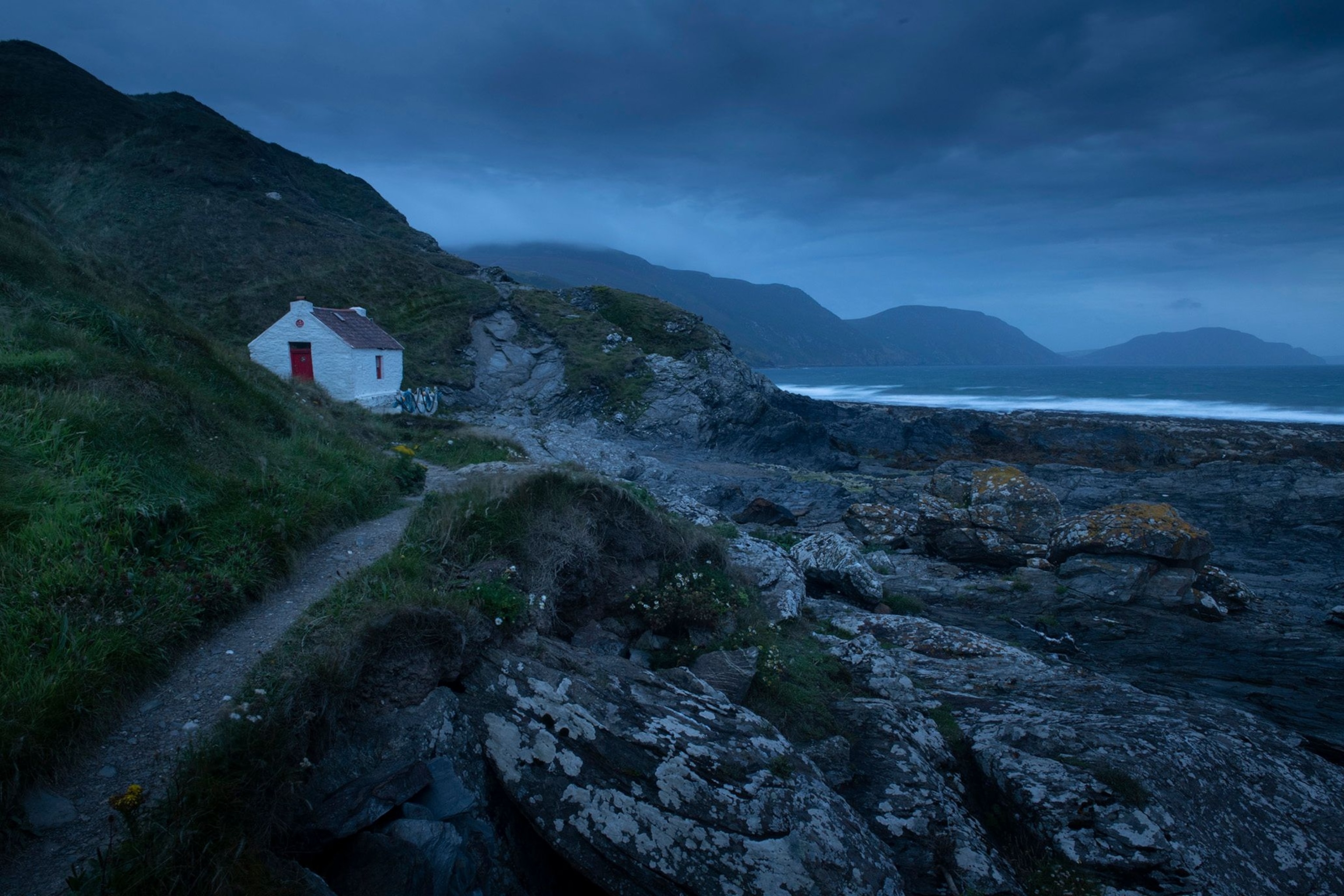
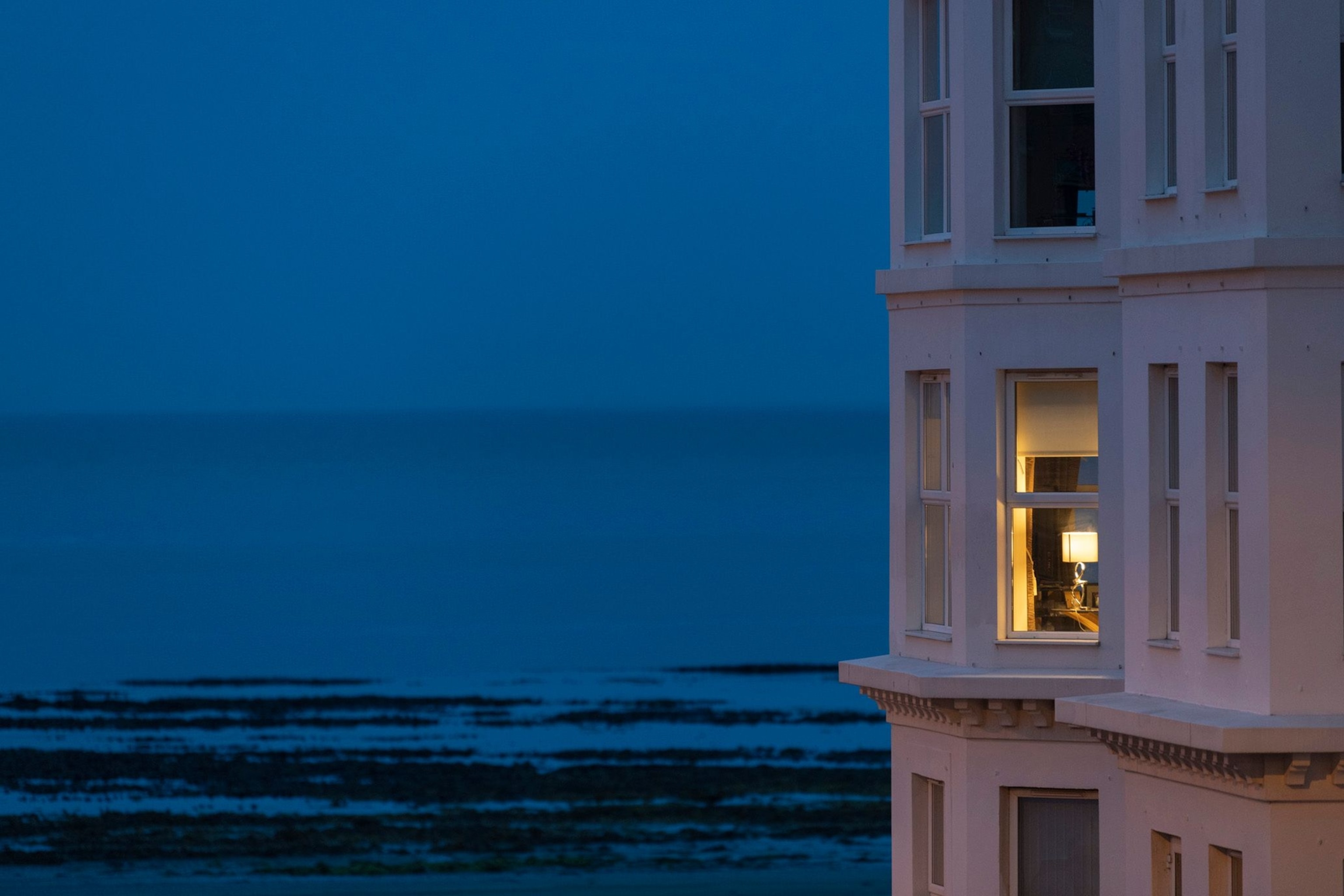
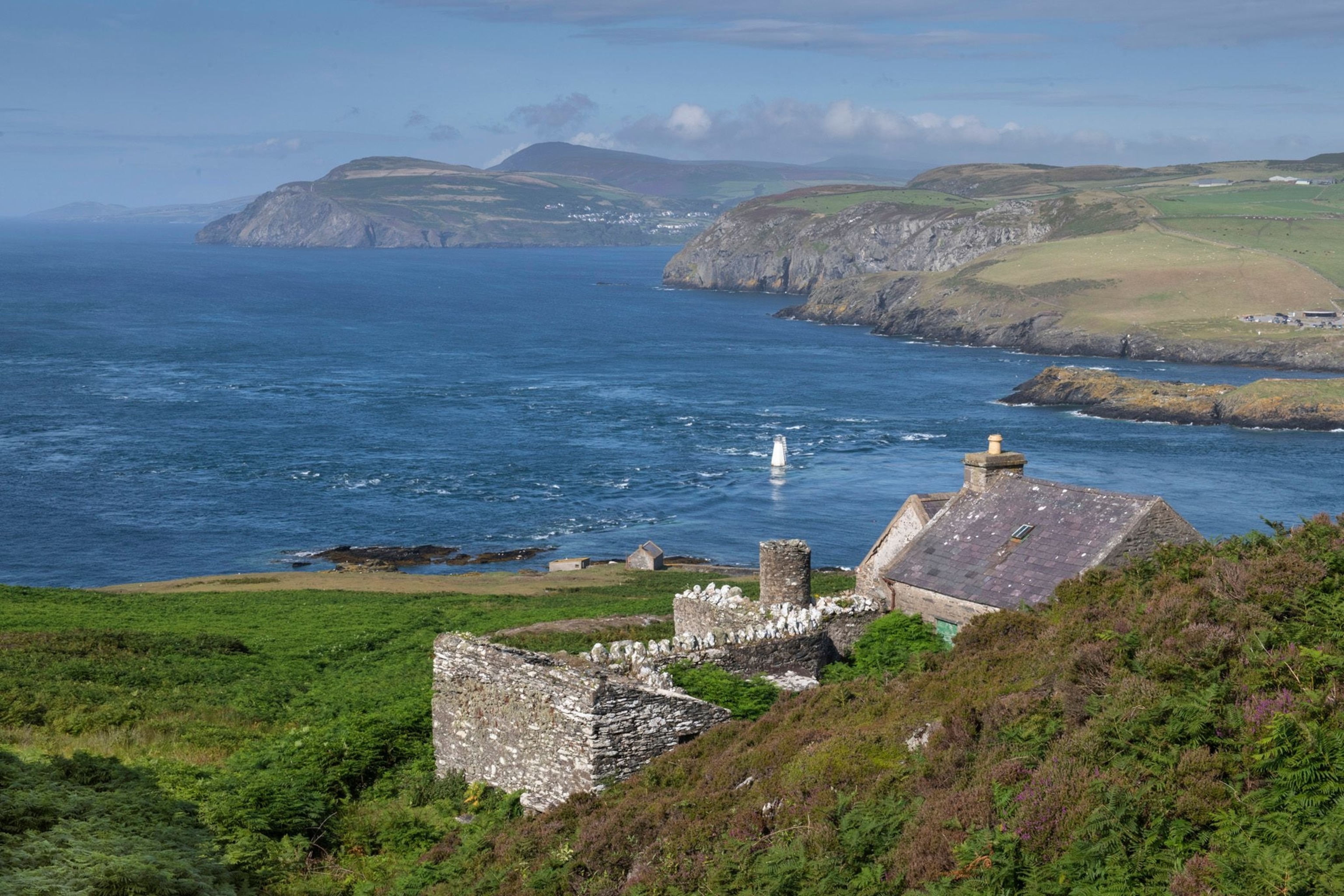
At 221 square miles, in area it's considerably smaller than Greater Manchester, and by population considerably smaller than Grimsby. But built as it is of knuckled coastline and sea-lashed inlets boasts a robust 99 miles of coastline—not all of it easy to access, let alone clean.
“It think it is a special place,” says Bill Dale, “I’m Manx born and bred. My parents came over from Liverpool in the Blitz, and like a lot people they stayed after the war. They thought it was heaven. And whatever the weather, we were on the beach. When you live in the countryside, you pick up a natural interest in wildlife and having a beautiful environment.”
(Pilates was born in an Isle of Man prisoner of war camp. Here's its story.)
Though he admits that the natural boundaries of the island made the task of physically cleaning its beaches—as well as improving attitudes—seem more of a finite task here, Dale is quick to point out that if you adjust your way of thinking, every town, or street can be an island. And in that way, the capacity to tackle a plastic problem looks more manageable. This would be no Sisyphean task if everyone was pushing at the same time – just as they seem to be doing on this small rock in the sea.
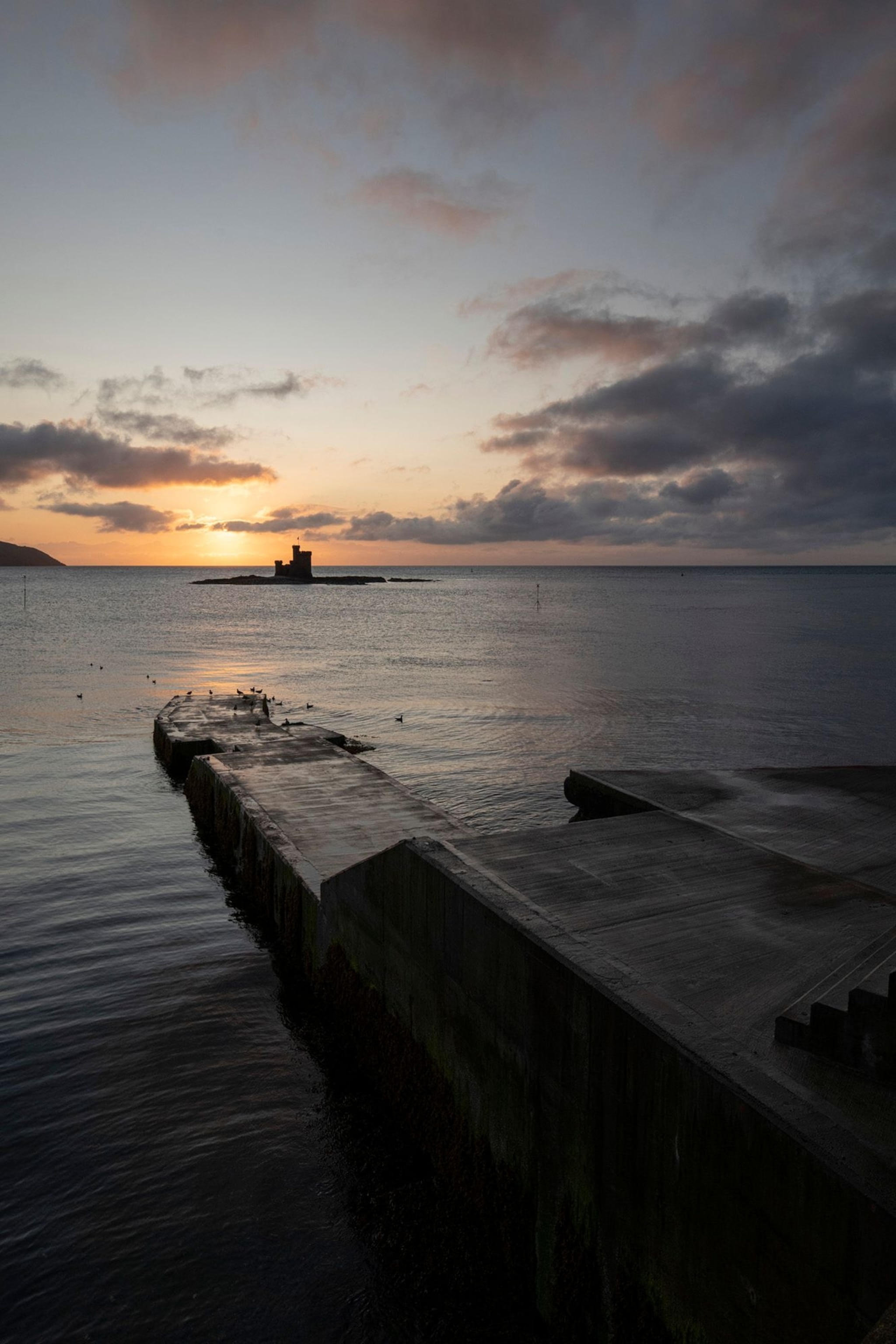
“We’ve got some fairly big towns, too,” he explains, “there’s 40,000 people in Douglas, but you’ve only got to drive for a few minutes and you’re in some beautiful countryside, at the beach, on a mountainside, or a glen, so I think people do get that this is a special place, and because of media coverage, people have seen other places descend into appalling situations, too.”
“What this coverage does is shows that those little plastic bits are on your beach, not one that’s thousands of miles away.” Dale continues. “It makes people think about their own responsibility as individuals and what they can do to stop it. Not just in cleaning, that is, but to think differently about how they dispose of rubbish, too.”
Relentless supply
But of course, the plastic comes again with every high tide. Walking along Derbyhaven beach, there’s almost no litter to be seen, just a few bits, some well-hidden in the sand—as well as any number of microplastics. Dale points out it’s probably due to someone having been along there that morning and picked up litter already. Along the beaches there are various bins marked with 'Beach Buddies'; the organisation recycles or repurposes as much as possible. “Because of the amount of coastline we have, the island draws plastic from the sea like a magnet, so I’d say if all of our volunteers stopped doing it tomorrow I think we’d be back to where we started in three to six months.”
‘Doing it’ therefore means two things: spreading awareness of beach cleaning operations—and, wider, cutting off the junk at source, by cleaning towns and cities and making it unacceptable to litter in the first place.
“People forget that a lot of the plastic on a beach starts out in someone’s hand. They might throw it in the street, then it goes down a drain, into the system, then into a river and out to sea, and then it ends up on a beach doing harm.”
“The only way to stop this is to go to the source of where it's coming from,” says Bill, “because people forget that every piece of plastic on a beach starts out in someone’s hand. They throw it in the street, then it goes down a drain, into the system, then into a river and out to sea, and then it ends up on a beach doing harm.”
To force home that point, Dale cites an example of speaking at Youngstown State University, in Ohio, “where I said to them, you’ve got the Mahoning River river just three, four hundred yards down the street from the university, and that goes into the Ohio river, and that in turn becomes part of the Mississippi. So in about a few months’ time a plastic bottle you drop here could be in the ocean. And that’s in a place 700 miles from the sea. So it doesn't matter if you live 1000 miles from a beach, that piece of rubbish that you throw in your street is going to end up there eventually. I haven't heard anybody else say that, and I don’t know why, because it’s so simple.”
When it comes to dropping litter, Dale maintains it’s a small number of people causing a problem for the majority. “I can absolutely guarantee you that in my life. I have never, ever thrown rubbish on the ground,” he explains, “and I know thousands of other people who’re like that. And so what I’ve learned in these years of analysing the problem, is that there’s a proportion of society who simply don't care – it's only small, I’d say, maybe 10%—but that 10% is causing all the problems of litter in the British Isles.”
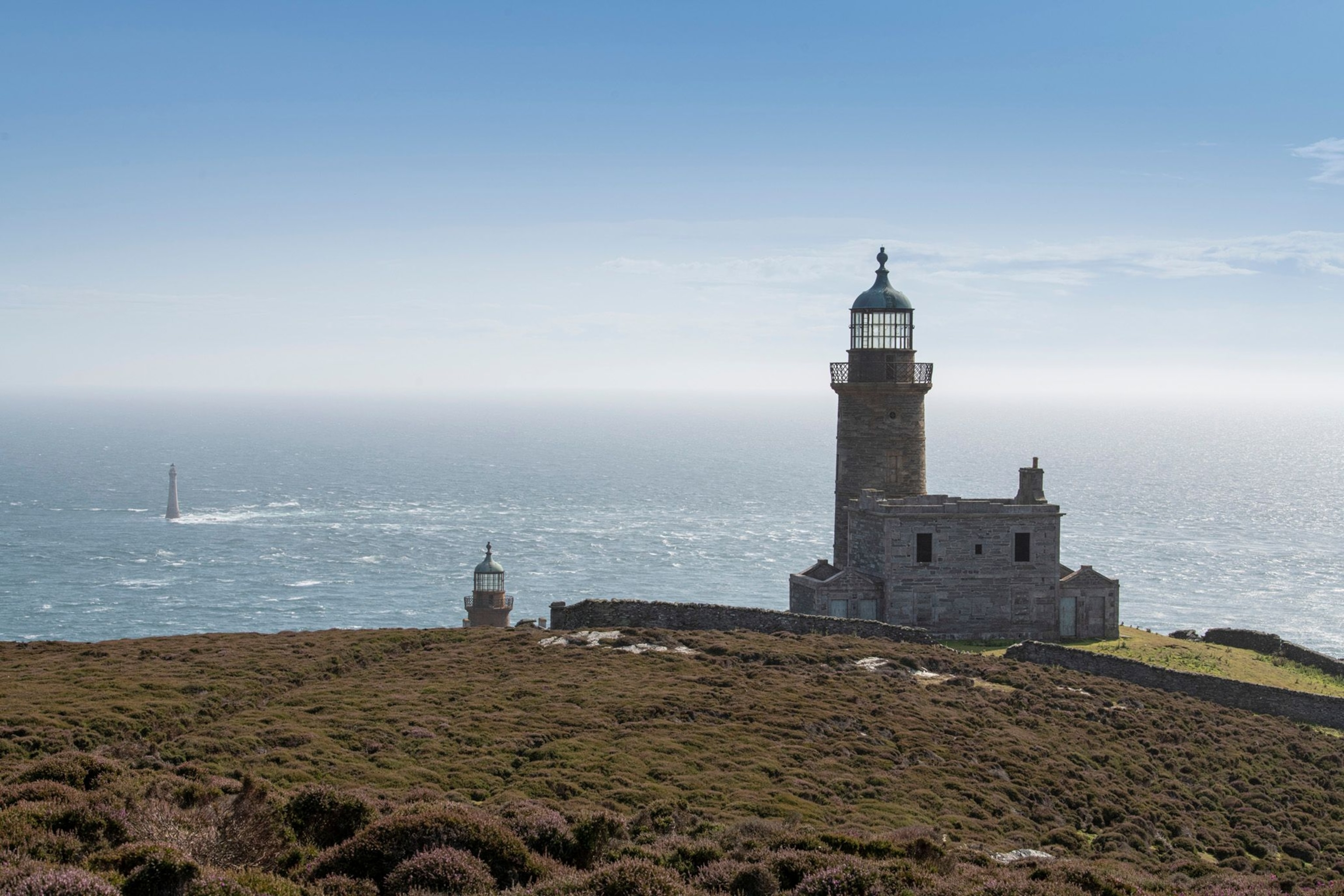
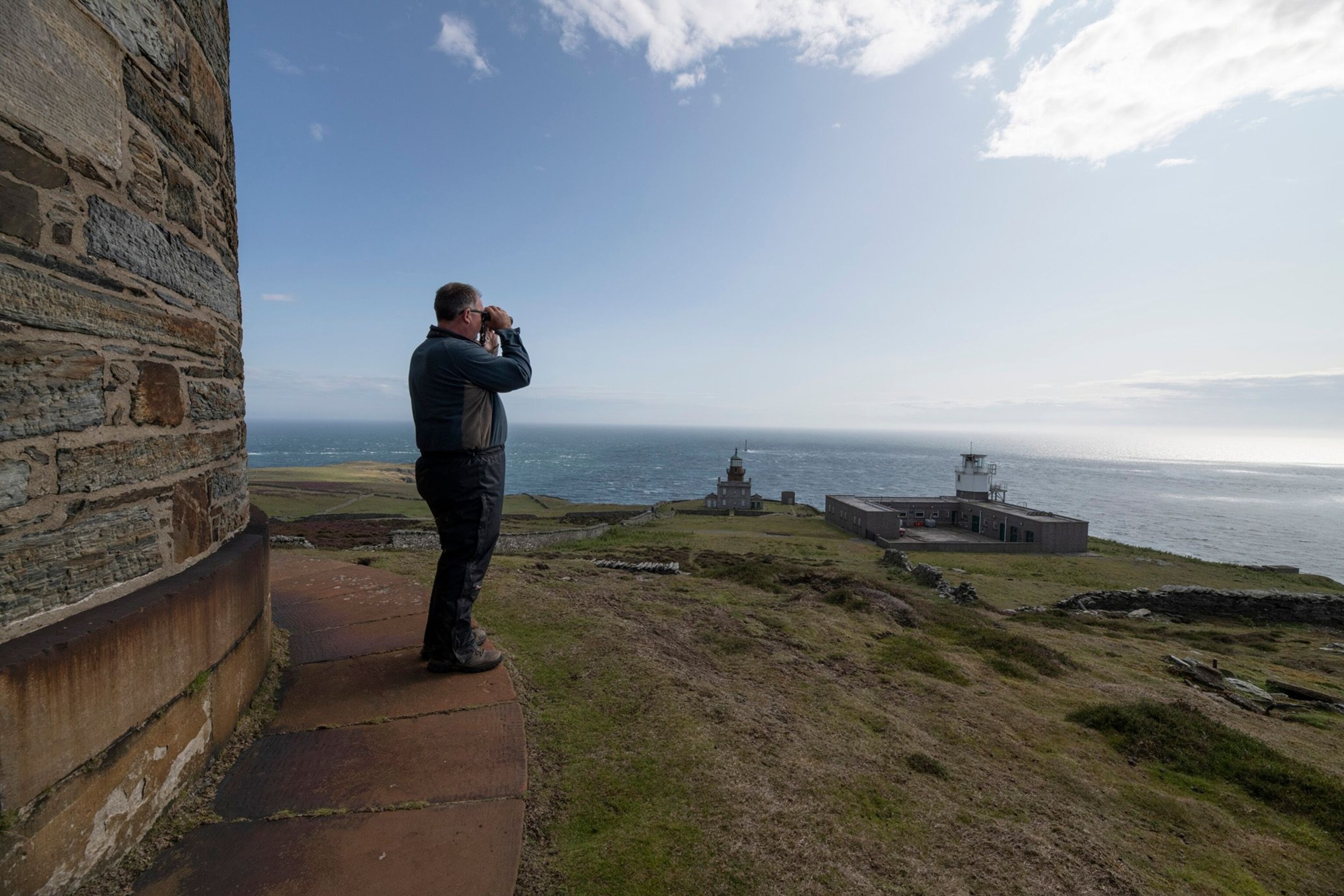
One of Beach Buddies’ latest efforts is to spend as much time as possible going into schools to change attitudes, “and without the government realising it, I’ve sort of added this to the curriculum,” he laughs. “But the great thing is that there’s been a wonderful response from teachers. Children pretty much get the message straight away, but it has to keep coming from the teachers. And we also show them the value of things you can find on the beach. So we might use sea glass and driftwood for craft days. A couple of schools have been nominated for international awards. And the clean up they've achieved is not just beaches, it’s everywhere—and they can take it forward.”
At one event he ran recently in Peel, the third largest town on the island, Dale was expecting 70 or 80 people, “but there were 600! An entire school, 70 teachers and 100 parents, all wanting to do their bit. It got to the point where there wasn’t enough litter for people to pick up.”
Collaborative approach
Islanders are at the front line for a lot of things—not least the effects of pollution. “On a small island, climate change is a first-hand experience, because so many people are within reach of the water,” says Dr Fiona Gell, Ecosystem Policy Manager at the Isle of Man’s Department of Environment, Food and Agriculture. It’s not so surprising, then, that things took off when it came to repelling plastic invaders from the sea.

As head of climate change for the Isle of Man's government, and previously responsible for a vast increase in marine conservation, Fiona has seen the effects of peoples’ engagement in both the plastic clean up and fishing industries. “People have adopted beaches near them, which is wonderful—and it’s become compulsive—and there was an event in 2018 with 10 simultenous cleanups. I did one on Ramsey beach and there wasn’t enough litter that day for everyone to get a piece.”
“In a similar way,” she continues, “we’ve got the fishing industry and local business involved in areas of conservation and protection. When you don’t just dictate what to do, it gives people agency. For instance, parts of our protected waters are co-managed by the fishing industry, and that helps them fish in a sustainable way. The science has helped engage them, and made them more efficient. We stopped dredging and potting in many areas, and that’s seen Eelgrass return, which is really important for climate change because it stores a lot of carbon. It’s happening right there in Ramsey Bay, just beneath the waves.”
There’s less separation between people and policy makers here, and I think it shows.Rowan Henthorn
“One of the benefits of being small is we that can trial things and innovate quickly,” adds Rowan Henthorn, a marine scientist and Climate Change Researcher and Ecosystem Officer for the Isle of Man government. “There’s a real appetite for that in our community, and many of us want to put the island at the forefront of tackling plastic and climate change—and act as an example for the rest of the world.”
As part of 2018’s eXXpedition voyage, Rowan sailed into the North Pacific Gyre—the Pacific Garbage Patch—a dense zone of ocean plastic pollution collected by ocean currents and floating between Vancouver and Hawaii. Having seen the worst, she’s keen to push best practice in her own backyard. “We’ve just released a community plastics plan,” she explains, “which is set to remove single use plastics across government, and in local businesses. There’s less separation between people and policy makers here, and I think it shows.”
(What it is like to swim through the Great Pacific Garbage Patch.)
Henthorn is also doing her own thing in the form of Sustain our Seas, a community group “that aims to connect people with their seas in a more holistic way,” she says. “Historically, the ocean is a hard thing for people to understand and care about. You look out at a big blue expanse, and for many it’s a barrier, so they can’t understand that what’s under the surface is just as vital as the beach they’re standing on.” Through education in schools, art exhibitions and her Sunday Sea Sessions, “where people can come and meet in the sea, like a coffee morning with wetsuits… I want them to feel something of what I’ve grown up with and I why I want to protect it. To see what’s under the water, and how beautiful it is—and by connecting with it, to want to fight for it.”

Elsewhere on the Island, Henthorn points to the Manx Wildlife Trust, which as part of its Wave Goodbye to Plastic campaign, has been organising ‘nurdle hunts’. The lentil-sized nurdles—pre-production pellets used to make ‘virgin’ plastic materials—get into the environment through factory and containership spills. Billions of them are in the ocean right now. “There’s no business on the island making plastics, but they still wash up on our beaches, so kids and adults are hunting these, and reporting back what they find. Because it’s really a survey, feeding into an international database that helps to track and to stop these things.”
Holistic attitudes
The affection felt by the islanders over their home was reflected in the Isle of Man's status, granted in 2016, as the only nation to be covered in entirety by a UNESCO Biosphere. For Jo Overty, the programme's Isle of Man Project Officer, it’s about proving sustainability can be a win-win solution for people and their environment. “The Biosphere programme seeks to put people and culture at the heart of positive environmental action,” she explains. “We collaborate globally, particularly in a network of coastal biosphere reserves, where part of the job is dealing with plastic.”
Overty has seen Biosphere status influence as an organic component, helping to change attitudes and make things happen through pride in the Isle’s diverse culture and environment. “The Biosphere is a perfect vehicle in helping people reconnect with their environment. I see it a bit like a tugboat, just nudging us along in the right direction—and the government have been able to put certain policies in place because of it. As we grow as a Biosphere, and people cherish it, more will come. For instance, we have a community grant fund that can be used for conservation as well as social and heritage projects.”
The holistic approach encourages sustainability in areas of food and drink, too— everyday elements that help to drive meaningful change, without cutting out farmers and industries who’ve shaped the island’s landscape and culture. As well as the general shift in attitudes across the island’s consumers, it’s seen for example, the Isle of Man Creamery remove plastic bottles from its milk production, becoming the first such operation to use plant-based cartons in the British Isles. Smaller providers, like local cuisine specialists Foraging Vintners in westerly Port Erin - are doing their part by aiming to cut food miles and pollution from production by using 'hyper-local' food. As a whole the entire island aims to be single-use plastic free by 2021.
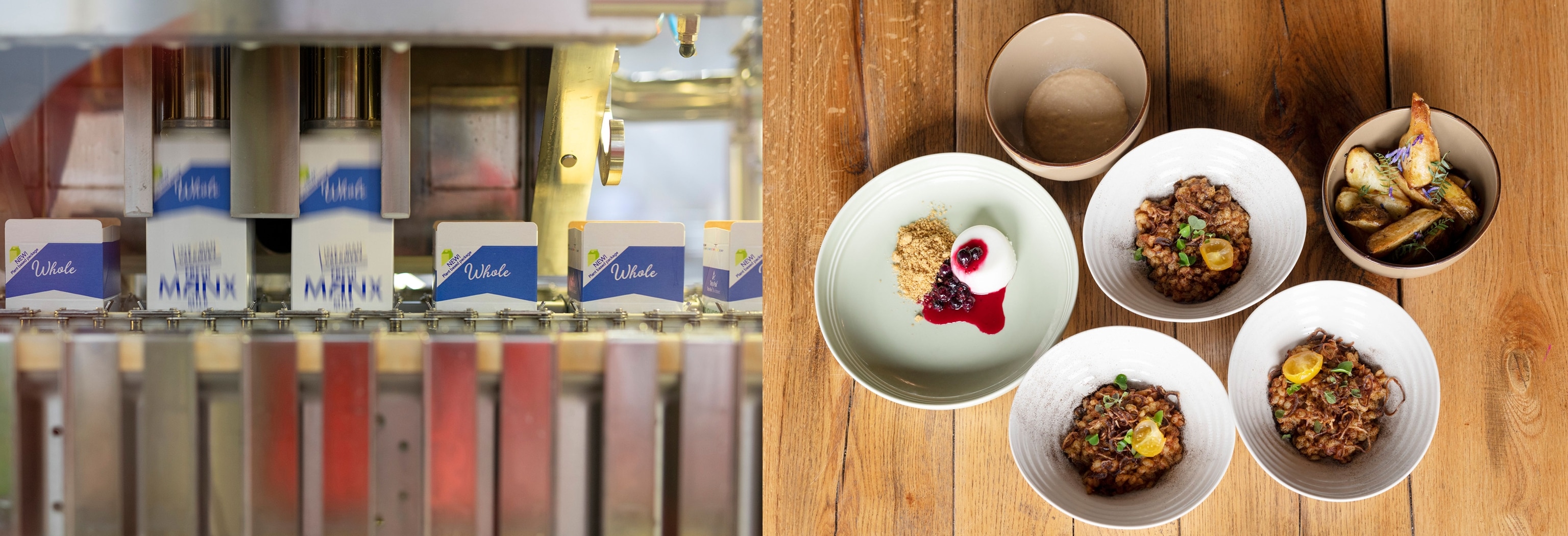
‘We changed the mindset’
Back to the beach, and the future. Imagine a generation of kids litter picking – could that happen? Should it, even? The answer might be in Beach Buddies motto: “it’s not enough just to stand and stare.” Think for a moment about the last time you picked up someone else’s litter—and why. Maybe because it blew into your garden, or in an act of annoyance at seeing someone else’s lack of care. It’s not something we do often though, is it? And that’s because, according to Bill Dale, there is a stigma attached to it.
“We changed the mindset here,” he says, “but I have to say it took a little while. The stigma is quite ingrained. I remember being in school and being told by my maths teacher, that ‘if I didn't pick up my ideas, I'd be a bin man’. So the lowest of the low was was considered to be the guy who picks up other people's rubbish. And you come across a lot of ‘I didn’t throw it there, so it's not my responsibility.’ The wonderful thing though, is that once people have picked up rubbish on a walk, they get to walk back, through a place that’s clean, and that's a very powerful thing. It’s a reward.”
Over a decade in and you could be forgiven for thinking Dale would be exhausted, but he isn't. As well as the schools work, he is trying to change attitudes in local businesses, so firms move away from single use plastics, switching to biodegradable materials. “All the stuff you see at the side of the road is dominated by fast food and plastic boxes, and straws and coffee cups and all that sort of stuff,” he says, “so we’re asking them if they’ll change—and what we’ve found is people in that industry actually feel responsible, and they want to do something about it. And if that means passing on a small amount of extra cost to the customer, the customer is not even complaining, because it’s 5 or 10 pence more for not having that plastic tray sitting in the earth for thousands of years.”
Spreading contagion
And while Beach Buddies has already been advising people on clean up operations internationally, UNESCO recently announced that it will adopt a proposal Dale made at the EuroMAB conference in Dublin in April 2019. “The proposal will see all 701 Biosphere reserves in 124 countries adopt Beach Buddies’ method to start a worldwide clean-up operation,” he explains with pride. “This will be amazing.”
It would be some legacy, but it’s something more personal that Dale reflects on about his work so far. “It’s the best thing I’ve done in my life, for sure,” he says, “and I’ll be doing it until I die. What’s really surprising is that is has given me a different perspective on people. I was very cynical about the human race for a long time and but now I’ve realised there are far, far more people who care than don’t. I have met some wonderful people, and I can’t say enough about the volunteers, especially the school children… it’s just amazing to look around this beautiful island and to see how we’ve helped it. We didn’t go to the government for help, or expect them to take the lead. We went out and did it. So if we can do it, anyone can.”
This story was adapted from the National Geographic U.K. website.



